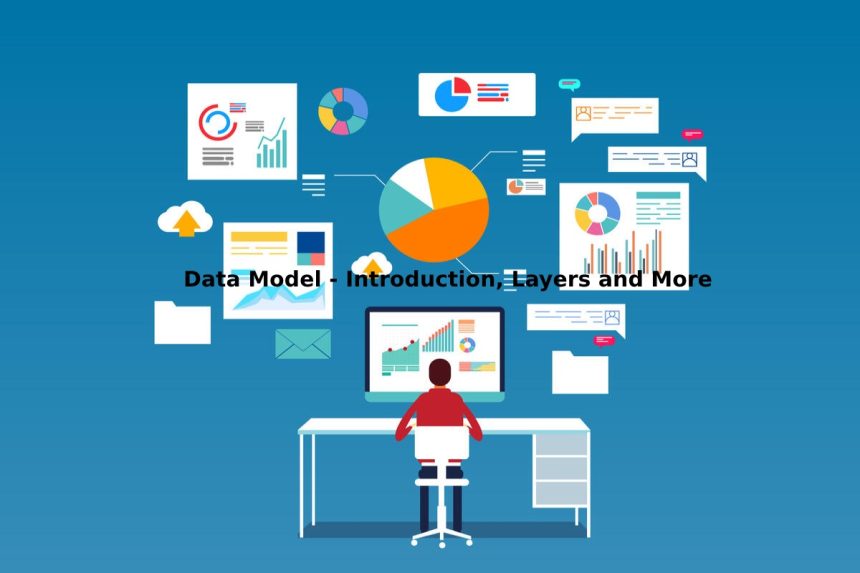Introduction
The data model is a visual representation that describes connections between different data points and structures stored in the information system. The design determines how a file works, how the data store, and how the system will reach it.
Therefore, effective data modeling software needs to obtain a suitable data structure. When conducting due diligence on using your data to support business decisions, the integrity of the data mentioned is a critical precondition.
Before calculating their data for valuable insights, business analysts must have complete confidence in the accuracy of the input and the reliability of their data. Any errors during data entry naturally mean damaged output and redundancy across the database. Many open source or free data modeling tools are also available.
Examples of prominent open-source data models include database designer, Archi, and Oracle SQL Developer.
Each instance of a database file is pretty identical. Relationships and rules are designed and programmed in the database by the designer. The ideal programmer for this function should understand this and formulate a plan to carry out the task accurately and efficiently.
The Three Layers Of The Data Model

What do you plan to do with all the regulatory data specifications your company has accumulated over the years? Are you aiming to migrate to a new system, perhaps upgrade an existing system, or maybe create a data repository that results in insights? In both cases, your data will be organized using the data repository modeling tool in one of the following three distinct layers, each with a specific position and function. So let’s go deeper into each layer:
Conceptual Data Model
The basic level of the model determines the data structure according to business requirements. It focuses on personality, input, and business-oriented relationships.
Characteristics
Provides organization-wide coverage of business concepts
It meets the needs of a particular business audience.
The conceptual layer built independently of hardware specifications, storage capacity, or software constraints. Instead, the focus is on representing data displayed in the real world.
Logical Data Model
This layer is more complex and structural than the abstract class. Contains information on how to implement the form by determining the structure and relationships of data elements.
The main advantage of the logical model is that it provides a constant basis for a rational and physical data model.
Characteristics
The logical model lists project requirements but can also remain integrated with other data models depending on the scope.
Data element data types have a precise length.
Physical Data Model
The physical layer shows how the database management system implements the data model. It simplifies the implementation methodology in tables, indexes, division, etc. In addition, the physical data model chart helps visualize the entire database structure.
Characteristics
The physical model lists the needs of one project, but depending on the project’s scope, it can also remain integrated with other physical models.
This form contains a table of data relationships and addresses the nullity and content of the
relationships mentioned.
They specifically design and develop for a specific DBMS version, the technology used for the project, the required data storage, and location.
All columns must contain a correct data type, default values, and length to represent data accurately.
Columns must contain correct data types, lengths, and values.
Primary keys, external keys, access profiles, indexes, and authorization have already been selected.
Relational Modeling
Perhaps the most common method used in data modeling is the relational data model, introduced in the year the 1970s; integrated with SQL (structural query language). This form uses a set of relationships to signify the database by sorting data into tables based on specific relationships.
Each of these tables contains rows and columns, bases on features that can be set, for example, date of birth, zip code, or prices. A particular attribute or even a set of it can identify as a key.
The primary key can we can use or indicate in another table to create links or easily access; at this point, it becomes an external key.
Hierarchical Modeling
This approach is ideal for information that deals with hierarchical data; creates efficiency, and identifies redundancy in your organization’s structure, logistics, etc.; applications are endless. For example, each entry to a record has one root or one origin.
These records arrive in a specific order, and the same arrangement is used to store data in the actual database. It was primarily used by IBM’s IMS (Information Management Systems) in the late 1960s and early 1970s and seems to be becoming very common at present due to its low operational efficiency.
Conclusion
To conclude this discussion on data modeling tools, we can confidently say that these are among the best data repository modeling tools in terms of consistency, supporting many databases. While also working with large and complex data models, in general, they are all great modeling tools with more extensive functions to offer to companies of all sizes.
The more complex the data, the higher the cost of preparing and maintaining it. On the other hand, a data model with an optimally created data structure will help you eliminate excess spreadsheets, significantly reducing the cost incurred and providing resources for other endeavors. It also helps document the data map for the ETL process.


